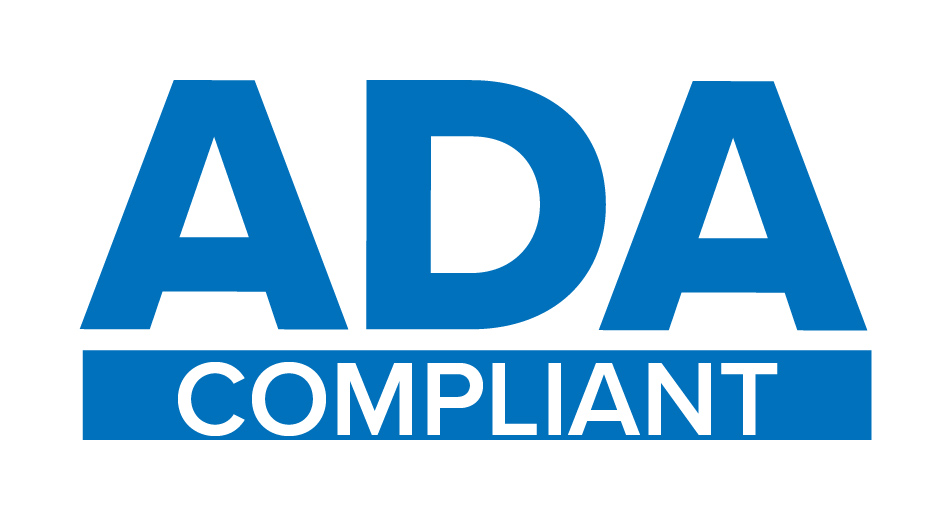Before he became a force at the University of Oklahoma and in the NFL, Dewey Selmon built his foundation on the gridiron in Eufaula. The middle brother between Lucious and Leroy, Dewey anchored the Ironheads’ defensive line at left tackle while Leroy manned the right side, forming a wall few opponents could break.
“He was a great teammate. He helped me tremendously as a player,” recalled Eufaula and Sooner great Rusty Griffis. “I was only 160 pounds at defensive end, so I knew opponents would come after me. But Dewey—he was so smart, so dependable. Not just Dewey, but all the Selmons were hardworking, high-character people who always did the right thing. I was blessed to play with them.”
A star at Eufaula and OU
Selmon dominated high school football, earning All-State honors before being recruited by Barry Switzer at OU. From the start, he was a difference-maker. Dewey helped power the Sooners to backto- back national championships in 1974 and 1975, alongside Consensus All-American teammates. The Sooners lost just two games in three seasons from 1973–75.
“Dewey was a fantastic athlete, the most aggressive of the brothers,” said legendary Eufaula coach Paul Bell in a previous interview. “He was quick off the line, very intelligent, and all of them were straight-A students. They were in great condition yearround and played football, track, and basketball. When Dewey and Leroy got to college, they beat the first string in drills as freshmen. Coach Switzer couldn’t have been happier.”
The Sooners were 54-3-1 while the Selmon brothers were at OU. The University of Oklahoma dedicated a statue honoring three of its greatest defensive football players in program history — brothers Lucious, Dewey and Lee Roy Selmon. It’s the only statue of defensive players on campus.
Professional dominance
In 1976, the new NFL franchise Tampa Bay Buccaneers made the Selmon brothers their foundation by picking Lee Roy at No.1 overall and Dewey their second- round pick, 60th overall. From there, he became a pillar of their defense. Selmon’s professional toughness was unmatched, missing just four games in four seasons with the Bucs. Dewey’s dominance earned him a Pro Bowl selection in 1979 before finishing his career with the San Diego Chargers in 1982.
“I always thought Dewey would be a great coach,” Bell added. “He was outgoing, gave powerful speeches, and made sure everyone knew he was from Eufaula.”
Lessons beyond football
For Selmon, the success wasn’t just about tackles or championships. It was about values.
“We were blessed to have been coached by Paul Bell and Barry Switzer. They taught us to strive to be the best and to play as a team,” Selmon said. “My advice to student-athletes is simple: build a total body of work. Focus on three things—your mindset and spirit, your classroom effort, and your physical ability. If you work hard in all areas, especially your spirit, you can’t be denied. Work ethic determines everything.”
Dewey Selmon was inducted into the College Football Hall of Fame in 2022.
From the rich dirt of Eufaula to the brightest stages in college and pro football, Dewey Selmon’s legacy continues to inspire—an Ironhead who carried the pride of his hometown everywhere he went.



